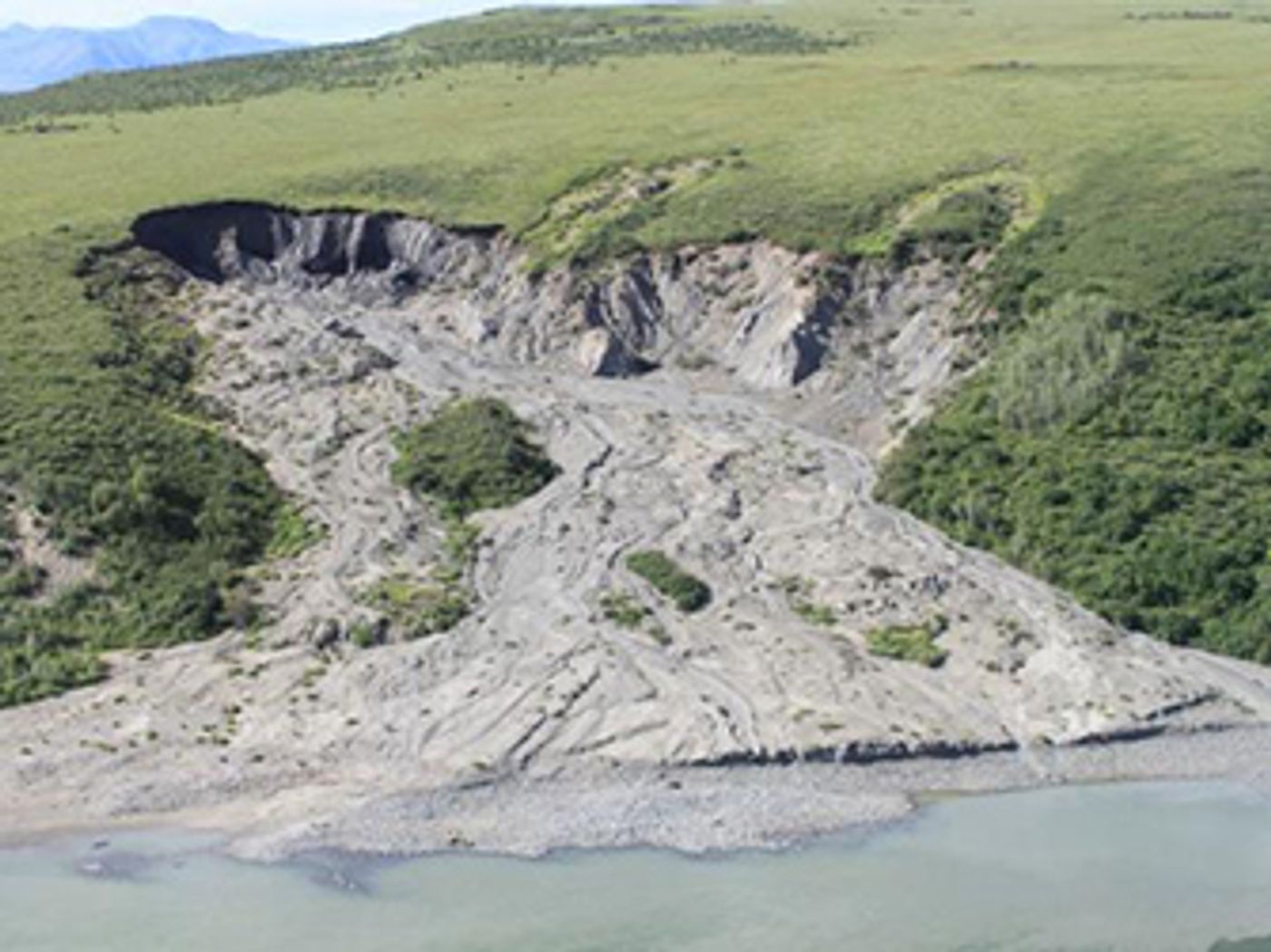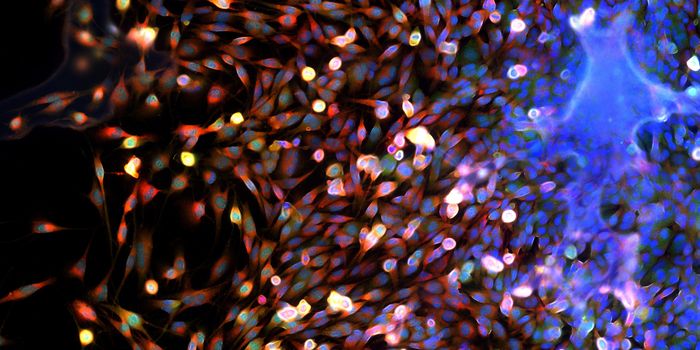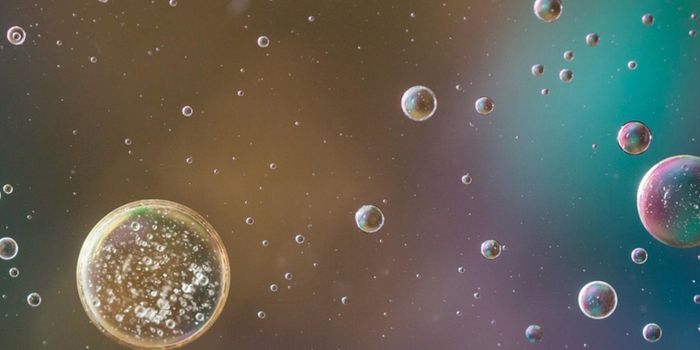Arctic Ponds may Release Significant Amounts of Carbon
Canadian researchers have found that Arctic ponds may be a source of carbon that could contribute to climate change. Dissolved organic carbon (DOC) is stored in permafrost, and while it has been locked away for many years, that permafrost is thawing at an accelerating rate. Thus, DOC is entering Arctic watersheds because of a shifting landscape, moving nutrients around to new locations. It also appears that ponds in the High Arctic have chemical compositions that are very different from High Arctic rivers. The work has been reported in Environmental Science & Technology.
"These ponds in the High Arctic seem to be hotspots for DOC degradation," said study co-author Myrna Simpson, a Professor of Environmental Science at U of T Scarborough. "Very little consideration has been given to what's happening with DOC in these ponds that are all over the Arctic, and it could potentially be a source of CO2 emissions released into the atmosphere with these disturbances."
Lakes, the oceans, and soil contain DOC; it’s made from plant or animal material that has decomposed and can dissolve when it is exposed to water. It is essentially everywhere, and in the High Arctic, it is entering watersheds faster and faster. The thawing permafrost and subsequent changes in the landscape have contributed to the high mobility of DOC.
"The rapid thawing results in what's called active layer detachments," explained Simpson. "Think of these disturbances as landslides where soil and water [get] all mixed up."
Microbes in ponds degrade the DOC more easily than in rivers, and more carbon gets released into the atmosphere. "We didn't measure how much carbon was being released because we didn't expect to find this," noted Simpson. "This is one of the novel findings of the study - that these ponds could play an important role in the global carbon cycle."
Simpson added that permafrost generally stays frozen, and can store a lot of carbon in the same place for a long time. Incredibly, carbon dating by the investigators indicated that permafrost over 5,000 years old was getting degraded.
The scientists want to continue this work to find out how widespread this phenomenon is, and whether it occurs in every Arctic pond. But as researcher Associate Professor Melissa Lafrenière of Queen's University pointed out, the mechanisms underlying differences between DOC in ponds and rivers have to be understood.
"We need to do some mass balance studies to figure out the mass of carbon in these bodies of water. This includes how much carbon is present, and what are the main inputs and outputs controlling how much carbon is in the water," she said.
Measurements of many forms of carbon, like the amount in the water, the levels of dissolved inorganic carbon, particulate organic carbon, gaseous CO2 as well as methane will have to be taken. The scientists also want to investigate how carbon transforms into different forms, added Lafrenière.
Learn more about what we know, and don’t know, about how thawing permafrost will impact our planet from the video.
Sources: AAAS/Eurekalert! Via University of Toronto, Environmental Science & Technology









